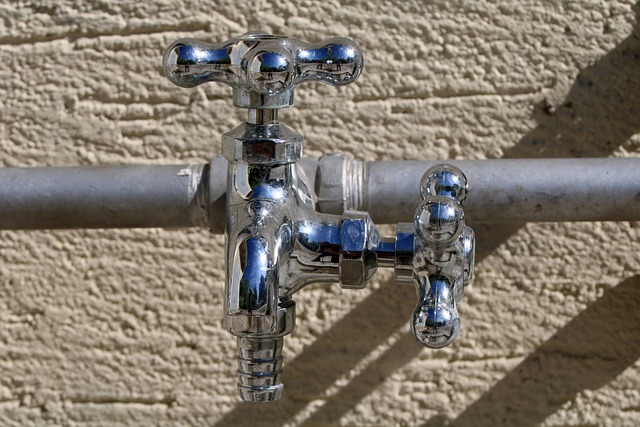Early detection of pipe leaks is essential to protect homes and prevent severe water damage, mold growth, and structural issues. Homeowners should regularly inspect pipes for moisture, discoloration, or unusual sounds, especially in high-risk areas. Using tools like moisture meters, monitoring water pressure and bills, and scheduling annual plumbing inspections are effective Pipe Leak Detection Tips that can help identify and mitigate potential leaks before they cause significant damage.
Small pipe leaks may seem insignificant, but they can lead to major water damage and costly repairs. This article explores why these subtle issues are anything but harmless, delving into the potential impact of hidden leaks and providing essential guidance on early detection. From recognizing subtle signs to implementing prevention strategies, homeowners can now arm themselves with the knowledge to catch these insidious problems before they escalate. Discover effective pipe leak detection tips that empower you to protect your home and avoid unexpected water-related disasters.
- Understanding Pipe Leaks and Their Potential Impact
- Early Detection: Signs and Prevention Strategies
- Effective Pipe Leak Detection Tips for Homeowners
Understanding Pipe Leaks and Their Potential Impact

Pipe leaks, no matter how small, can turn into significant water damage if left unchecked. Understanding their potential impact is crucial for homeowners and renters alike. Even a tiny leak can lead to substantial water waste and hidden costs associated with repairs. Over time, these leaks can cause severe structural damage, mold growth, and rot in wooden areas, resulting in costly renovations.
Implementing Pipe Leak Detection Tips is essential to mitigate these risks. Regular checks for moisture or discoloration around pipes, walls, and ceilings can help identify potential issues early on. Using water meters and listening for unusual noises are practical methods to detect leaks. Prompt action can save you from major disasters and ensure your property remains protected.
Early Detection: Signs and Prevention Strategies

Early detection is key when it comes to pipe leaks, as even a small drip can lead to significant water damage over time. To stay ahead of potential issues, homeowners should be vigilant and aware of certain signs. Regular checks around pipes, especially in areas like basements or bathrooms, are essential. Look for persistent dripping sounds, wet spots on floors or walls, or unusual odours – these could indicate a leak.
Prevention strategies include insulating pipes in colder months to avoid freezing, which can cause bursts. Regular maintenance and inspection of plumbing systems by professionals can also help identify potential problems early. Using Pipe Leak Detection Tips like moisture meters or listening for unusual noises can be beneficial. Additionally, keeping an eye on water pressure and bills can alert you to any unexpected spikes, which might suggest a leak.
Effective Pipe Leak Detection Tips for Homeowners

Staying vigilant is key when it comes to pipe leak detection, as even small leaks can escalate quickly and cause extensive water damage. Homeowners should familiarize themselves with common signs indicating a potential issue, such as mysterious drops in water pressure or persistent noises within the plumbing system. Regularly checking for dripping faucets, toilet flushing anomalies, or damp spots behind walls can help identify early warning signs.
Implementing proactive measures like installing moisture detectors in areas prone to leaks and scheduling annual plumbing inspections are effective pipe leak detection tips. Additionally, homeowners should keep an eye on water meter readings, as sudden spikes could point to hidden leaks. By adopting these Pipe Leak Detection Tips, you can catch potential problems before they transform into costly and devastating water damage.
Small pipe leaks may seem insignificant, but they can quickly escalate into major water damage. By understanding the signs of a leak and implementing effective pipe leak detection tips, homeowners can catch these issues early, minimizing repair costs and preventing extensive water damage. Regular maintenance and prompt action are key to keeping your home safe and dry.
